Metadata & Detailed Image Descriptions
How does metadata aid a researcher?
Metadata is a powerful research tool with significant impact in the field of visual culture, and the humanities at large. For example, metadata and visual culture practices can aid research in the disciplines of history, media studies, literature, women’s and gender studies, Indigenous studies, among other fields. With mindful language and the precision of our metadata, our research team strives to present the most detailed and useful image descriptions so that granular research questions can be pursued in the collections: What is the visual culture of fish in the early modern period? How are objects gendered or racialized?
The CEMVC provides our researchers with a thorough training module that allows them to not only understand the importance of metadata, but also best practices for its collection, curation, and development. Our training sessions ensure that CAIRN’s contents are not only vast, but meticulously accurate in their quality.
Decolonization through mindful description
CAIRN aims to always use mindful terminology that is inclusive and free of bias. By ensuring we use considerate and modern terminology, such as the correct names of groups, populations, and cultures, CAIRN supports social justice and calls for inclusion. This terminology reflects the nuanced societies evident in CAIRN’s collections but not necessarily communicated in textual form, for instance in the image’s original caption. For example, rather than conquest, we refer to the invasion of the Americas as resulting in genocide; girls when referring to adults is replaced with women, and Indigenous groups are properly and respectfully listed using the names that they have embraced.
Source Notes
When viewing an image in CAIRN, metadata appears below the image to help contextualize it. For example, it will direct the viewer to the place of publication, the method of illustration, the source creator, and much more. There is also metadata on the source itself to help contextualize the work, as well as notes about its contents and the context for its production. The metadata takes language into account, showing the language the text is written in, translating original image captions into English, and including works from different languages. For example, when searching for images from Gulliver’s Travels, viewers can find images from German and English editions, among other languages. In addition, critical introductions and descriptions of the images include context to help the reader know where they are situated in a text.
Through CAIRN, a reader can also use metadata to view multiple collections for the purpose of comparison. The database therefore provides researchers with a new technique and foundation for conducting their research. Images are also tagged according to their contents and thematic context so that a user can pull up information across the database and by working across editions contained in one or more collection. Overall, having these image collections and their metadata compiled together allows researchers to save time as CAIRN acts as an interdisciplinary forum for visual culture research.



